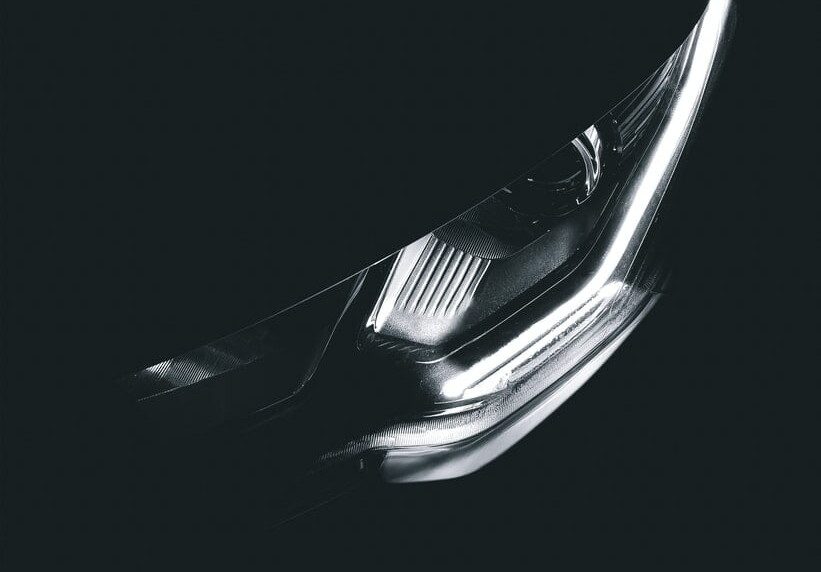
What are the essentials when it comes to car upgrades? One of the most commonly asked questions regarding car up-gradation is about the type of car lighting upgrades.
People wonder about which one is better: HID headlights or LED headlights. If you are currently confused about something similar, then you are here at the right spot. There are four crucial things to consider with each of the mentioned-before technologies: color, brightness, component, and beam pattern. We will be focusing on the component of the color. Read on to learn more!
Color Output with HID
When it comes to your lighting choice, color is an important component. Different colors react differently in different environments. For instance, a warmer color, such as 3000K, is appropriate in snow, dust, and rain. However, you are better off with an 8000K bright, crisp, white color on a clear night.
The way color is created in an HID bulb is quite interesting: after turning on your car headlight switch, electricity goes up the wiring to the HID bulb, and an electric arc is created inside the glass capsule of the HID bulb. Subsequently, due to the gases and chemicals mixture, a plasma is created, resulting in a specific color.
The color is then adjusted by altering the chemical and gas composition inside the capsule. Resultantly, with an HID headlight, you get different colors, such as 4000K, 8000K, etc.
It creates a wide range of colors, such as red, green, pink, depending on the chemical composition inside the glass capsule.
Also go through: Install LED Recessed Lights the Right Way
Color Output with LED
Compared to HID headlights, the creation of colors happens on an entirely different level in LED car bulbs. LED car bulbs are all about a circuit board instead of revolving around a highly charged chemical reaction and a mixture of electricity and gases.
After turning on your car headlights, the electricity goes straight into a set of diodes that emit light. On a molecular level, you might look at it as the following:
When the power hits the LED bulb, there is a PN junction where the electrons and atoms keep oscillating back and forth. Subsequently, energy is released, and light is created on a “white” LED. In reality, the light is blue, which is why the chips of the LED bulbs are yellow. This way, the LED chips serve as a filter.
These yellow-colored phosphor filters are placed over the blue LED light. Thus, different shades of white light are created. The range of colors you can get with LED lights, such as the LED car bulbs at iilumo, depends on how many yellow-colored phosphors filters are placed over the LED chips.
You might have already calculated the results: the more yellow-colored phosphor filters, the warmer the color will be, such as 5000K. On the other hand, the fewer yellow-colored phosphors, the cooler color you will get, such as 6000K.
Also go through: How LED Grow Lights Now Rival HPS Lights
Final Thoughts
While going for car headlights upgrades, you need to assess your needs about the visual appeal, the headlight’s lifespans, the level of brightness you need, and the preferred intensity of lights.
Read Also:





























